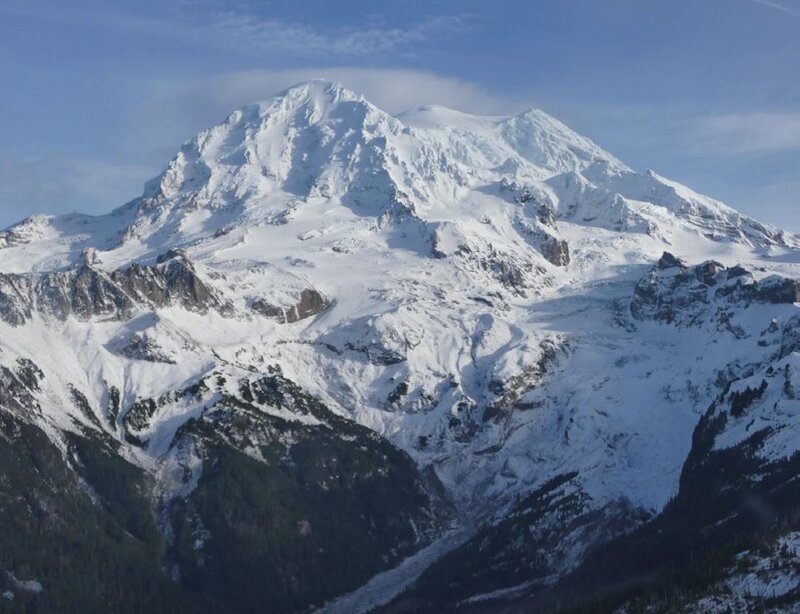A warming climate has claimed three more glaciers in Washington state. These three were all on Mount Rainier, home to more ice than any American mountain south of Alaska.
In June, National Park Service researchers published their finding that the Stevens Glacier, on Rainier’s southern slopes, had shrunken so severely that it could no longer be considered a glacier.
“It's still kind of a perennial snow patch,” said park geologist at Mount Rainier National Park geologist Scott Beason. “If you go up there, you'll still run into some snow, but you're not going to see crevasses. You're not going to see movement.”
Glaciers are rivers of ice that flow as their own weight compresses snow into ice. The slow, grinding movement generates striking features like deep crevasses and deep-blue ice.
The study, based on 3-D images taken of Mount Rainier from a specially outfitted airplane in September 2021, declared two other south-facing glaciers, the Pyramid and Van Trump, “in serious peril,” having lost 42% of their ice in the previous six years.
More recent satellite imagery, from October 2022, led glaciologist Mauri Pelto of Nichols College to conclude the Pyramid and Van Trump glaciers had also melted away.



 Nichols College
Nichols College Climate Change
Climate Change State of Washington
State of Washington Research
Research



